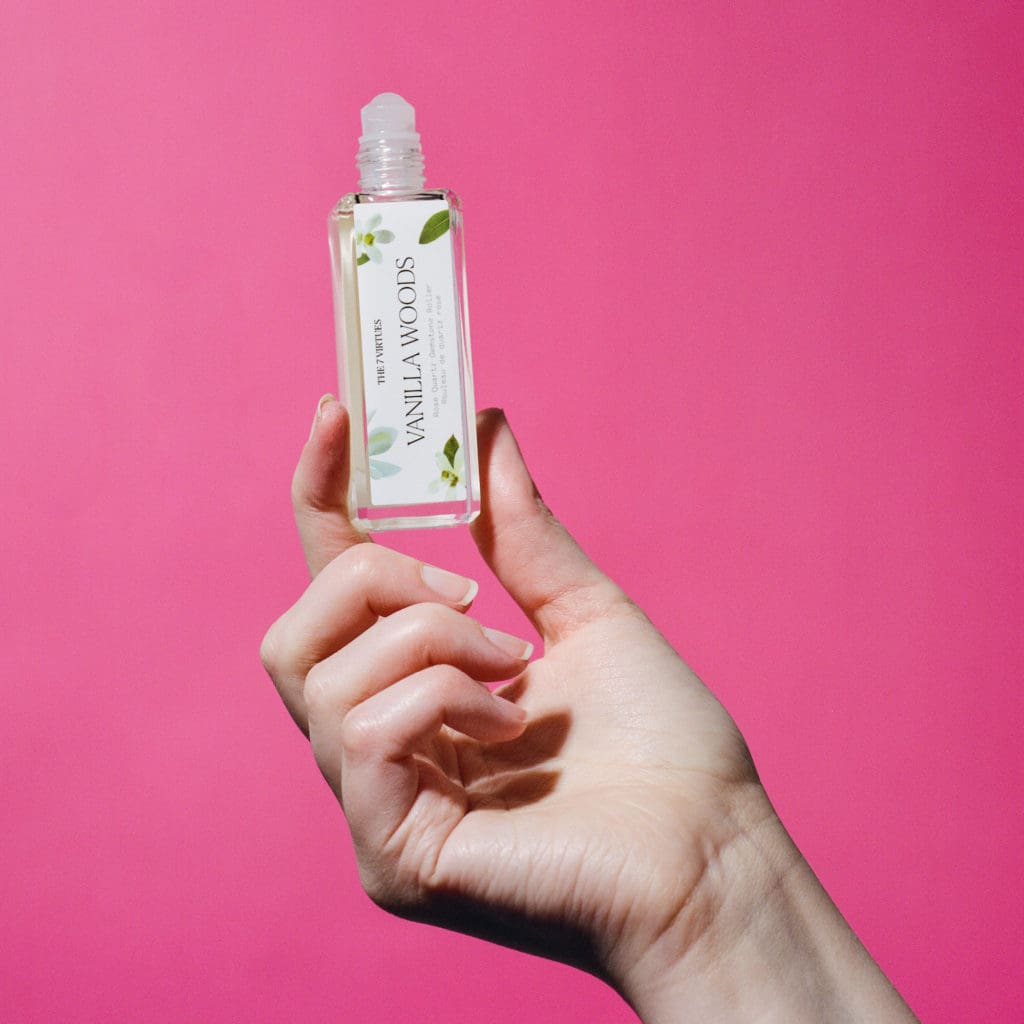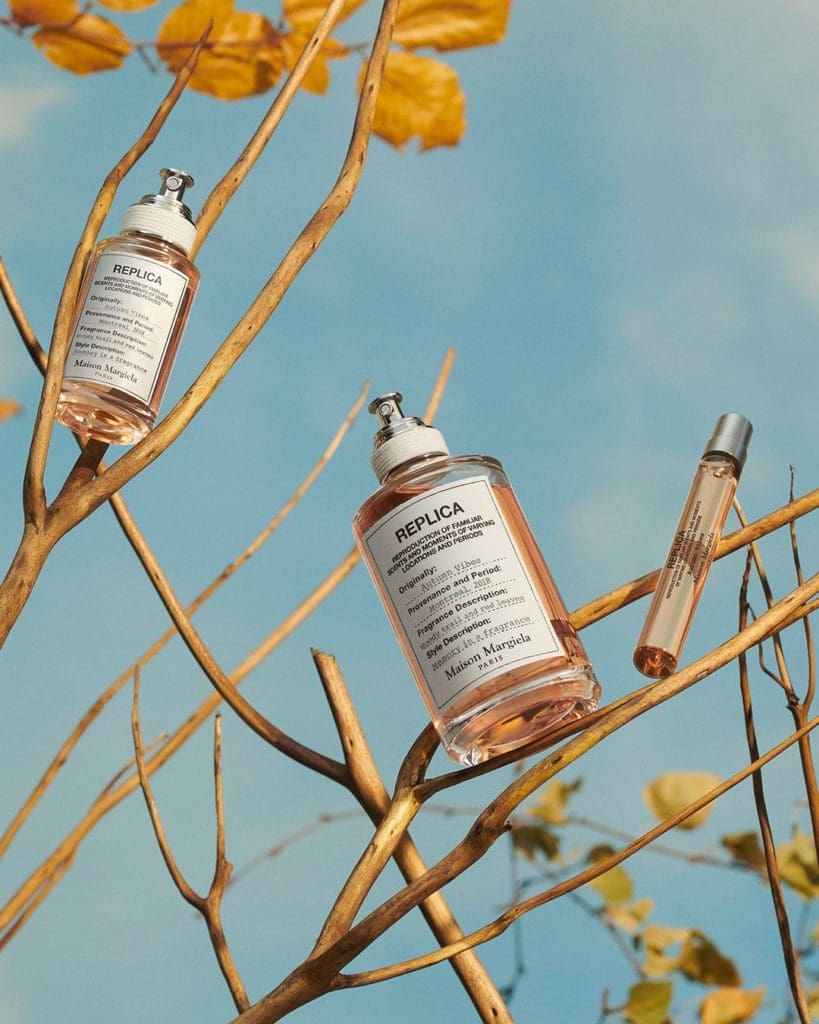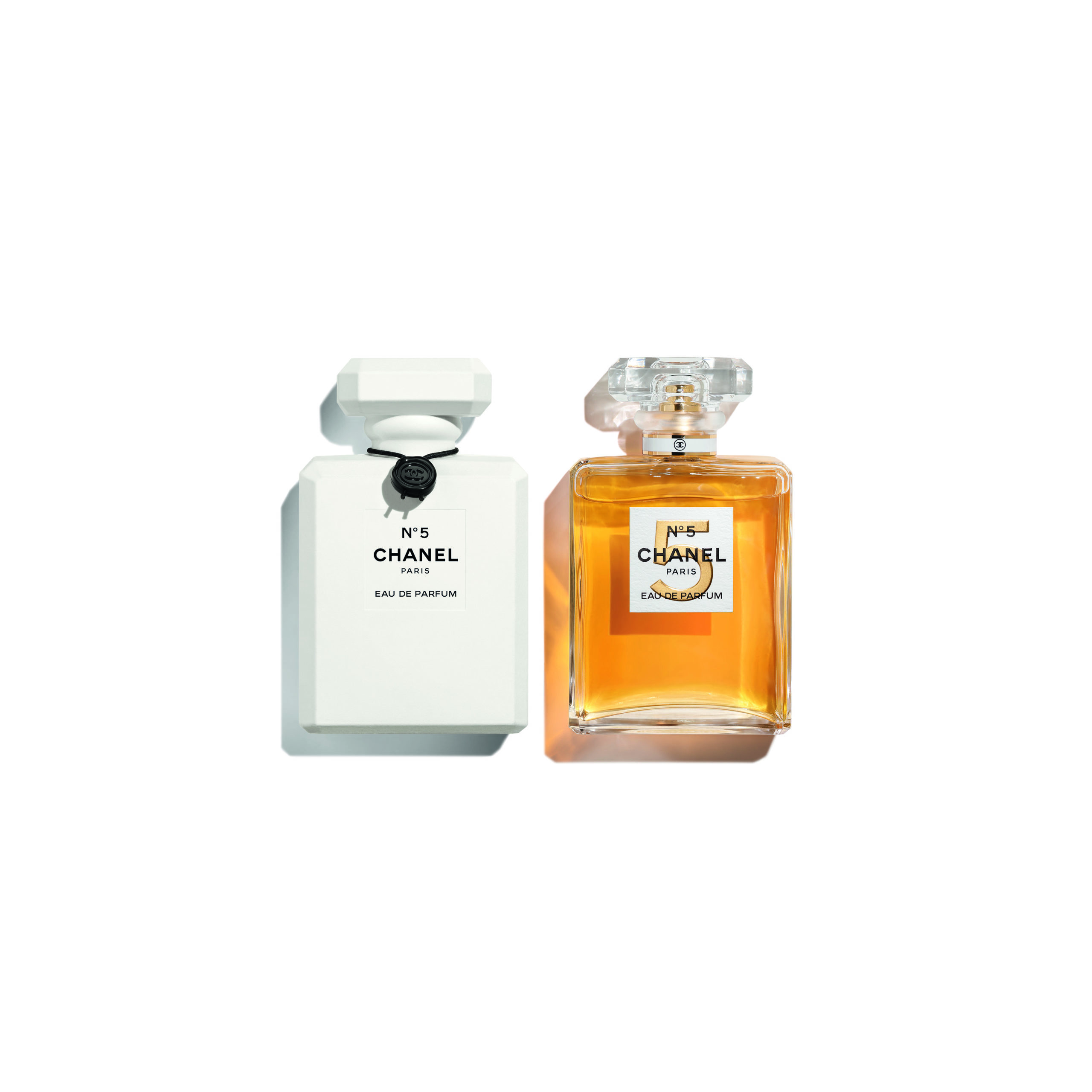Perfume composition is like any art form—the artist is trying to express an idea and evoke an emotion. It’s science, too: the juice interacts with the body chemistry of the user, becoming something else unique. And, it is subject to trends and market forces—think of the full-bodied 1980s scents like Opium and Poison versus the clean and uplifting fragrances popular now. All of this goes to say: making a perfume is really, really hard.

“I try to envision the final image for the fragrance, and I always start with the name,” says iconic French perfumer Francis Kurkdjian. “It is the very first element of the creation and it sums up what I want to say with my perfume, the story I want to tell, my inspiration. It’s like the title of a book; it helps guide me on my creative path. Words are extremely important to me. After this, I start writing the formula.”
Many other fragrance creators are trying to execute someone else’s vision—that of a brand, for example. “I experiment with different versions to present to the client,” explains Adriana Medina, Givaudan VP perfumer, who recently created the first scents for hair-care brand Oribe. For these two, she worked closely with co-founder and president Daniel Kaner. “He started by sharing images for what each should smell like: Desertland was inspired by his trip to Marfa, Texas—mountains, desert, lots of green, very southwest in feel—and Valley of Flowers was referenced by striking images of flowers and gardens including roses, lush greens, which felt very magical.”
At The 7 Virtues, the approach is different again, since the brand is led by a mission of social good. “Our scents are always a reflection of our lives and where we are at in the world, politically,” says founder Barb Stegemann. While she doesn’t compose the scents, she likens herself to a music producer: “I have a very clear idea … of what the commercial DNA needs to be to make a hit.”
Turning inspiration to reality takes time. “Up to 18 months,” says Kurkdjian “There are two phases, starting with my time of reflection and creating the name and guideline for the scent. And then I begin the composition and spend time in the lab.”
Kurkdjian became attracted to the idea of being a perfumer after reading a magazine article at 14. “Perfume is so much linked to the couture world; it’s so much close to the skin, even closer than a piece of clothing,” he says. He went to ISIPCA, a perfume school in Versailles. “You first have to learn the basics. The world of scent is like foreign languages in that you must start learning the alphabet [the raw materials] one by one, describing them, classifying them with your own words, feelings. Then you create words [small fragrance accords] and then sentences. But it is like any other art form. If you do consider that everybody knows how to write, paint, draw, sing, but not everybody is an artist, who creates new things. Not everybody knows how to express newness and create a new form.”
Medina, also formally educated in fragrance, adds, “You also need to have a lot of patience, passion, resilience, curiosity and the ability to take … criticism.”

A key trend for perfume buyers now is if a brand aligns with their values, which is where purpose-led companies like The 7 Virtues come in. Stegemann and her team have always developed their scents to support unstable countries. “I had to reflect on where our next scent could do the most good. And it led me to Days for Girls … which will help end period poverty by advancing menstrual equity,” she explains. The brand’s new scent, Lotus Pear, will be launched on March 8, International Women’s Day, and fund kits with washable pads and panties. Till then, try the brand’s Vanilla Woods; with vanilla sourced from a fair-trade co-op in Madagascar, it has top notes of pear, mid-notes of rose, and dries down to a vanilla amber scent.
If we want to talk about storied fragrances, we must discuss Chanel No. 5. To her perfumer, Ernest Beaux, Coco said she wanted something that smelled clean and soapy. Beaux produced scents labelled one to five and 20 to 24; madame picked No. 5 and an icon was born. This holiday season, the brand created a limited-edition Chanel No. 5 Eau de Parfum in a bottle that incorporates recycled glass, in a box made from biodegradable paper pulp and with the famous numeral inscribed in gold.
Perfumer-creator François Demachy has created Vanilla Diorama as part of La Collection Privée Christian Dior. His goal: to celebrate vanilla in a way far removed from sugary stereotypes and sweet clichés. He chose a bourbon vanilla from Madagascar, harvested via artisanal methods. “I wanted this scent to be a faithful portrait, to reveal its fragrant, nuanced beauty and to embody its mellow aspect, heightened by joyful citrus notes, as well as its richer, more organic side, wrapped in an enveloping base. In the end, it is a ‘true,’ authentic and intense perfumer’s vanilla that emerges.”
Kurkdjian’s Cologne Forte range was launched earlier this year. He told us the main inspiration behind the original Aqua collection could be summed up with the Latin quote, “mens sana in corpore sano,” or “a healthy body in a healthy mind.” This iteration includes the word forte, borrowed from music, to convey that these are played louder and more intensely. We adore the Aqua Celestia Cologne Forte Eau De Parfum for its fresh, bright, bergamot radiance.

Maison Martin Margiela’s Replica series is unmatched for faithfully recreating scents and feelings. The latest, Autumn Vibes, reminds us of tramping through crispy leaves with the faint smell of pine in the air. If you’d like to take a trip somewhere hot when it’s cold, do so with Oribe Desertland EDP; bright, thanks to juniper, with a warm Texas cedarwood base. Of its creation, Medina says, “Listening to your inner voice and following your own instinct may be the right answer. When your idea matches what someone else has in mind, it becomes the perfect fit!”
Iconic Canada-born architect Frank Gehry was one of the minds behind Louis Vuitton’s Les Extraits Collection, the standout of which is Stellar Times ($620). The scent’s construction is a nod to Gehry—all of the collection was designed to have no top, heart or base—and he also designed the bottle, which is arc-shaped and topped with a lid made from crumpled aluminum. Stellar Times is a deep and woody oriental scent, thanks to Peruvian balsam and plant amber, but with the light and bright notes of orange blossom. It’s intended to evoke a golden palace in the sky, or an escape on a magic carpet. —Aileen Lalor

Be the first to comment